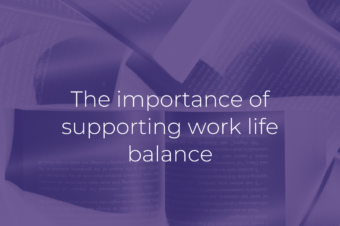
10Eighty ran a poll via LinkedIn about work models after furlough and lockdown. The results did not surprise us.
Do you prefer working full time from home, working full time in the office or working in a hybrid way?
- 2% favoured full time in the office
- 16% chose the option full time at home
- 82% of respondents would like to work in some hybrid model
Of course, most people won’t get much choice in the matter. Some companies, Goldman Sachs for instance, are insisting on a full time return to the office, others want to set a number of days a week in the office.
Focus on output
Ann Francke, chief executive of the Chartered Institute of Management suggests that flexible models are most likely to be successful. “Command and control isn’t the way we work now, the pandemic has knocked presenteeism on its head. Work should be output focussed – about what you do, not where you do it”.
For most of us working from home and flexible hours have been a boon. The CMI found that almost half of managers fear that team members may quit if they are no longer able to work remotely.
Professor Cary Cooper, president of the CIPD, says “The evidence, globally, is clear: if employers and employees agree to flexible working you have higher job satisfaction, less sickness absence days and higher productivity”.
Management matters
Research shows that managers who cannot “see” their direct reports sometimes struggle to trust that their employees are indeed working. At 10Eighty we believe that better quality management will improve remote workers’ wellbeing and performance.
Managers are as fearful of change as most of us and that’s problem because if your employees work from home or from a co-working space you have to trust your teammates.
The manager who hired these workers needs to believe that they will do their best and not impose a work regime and a commuter journey that the employee would prefer not to have to endure. You hired them, surely you can trust them?
Swings and roundabouts
HR professionals will need to ensure that their organisations don’t end up with a two tier hybrid system where part timers and those working from home are shut out from decision making and development prospects.
Of course there are some who are chary of the return to the office on health grounds and it would be smart to be sensitive to the varying levels of readiness expressed by staff. There are also those who are champing at the bit to get back to the office, they miss their co-workers, the camaraderie and collaboration and even the terrible coffee.
We think that when it’s safe to return, a hybrid model is likely to be most satisfactory for most people. Those who want the benefits of working from home and those who value the benefits of seeing co-workers in person sometimes! We are all different and that’s what makes a great team.








